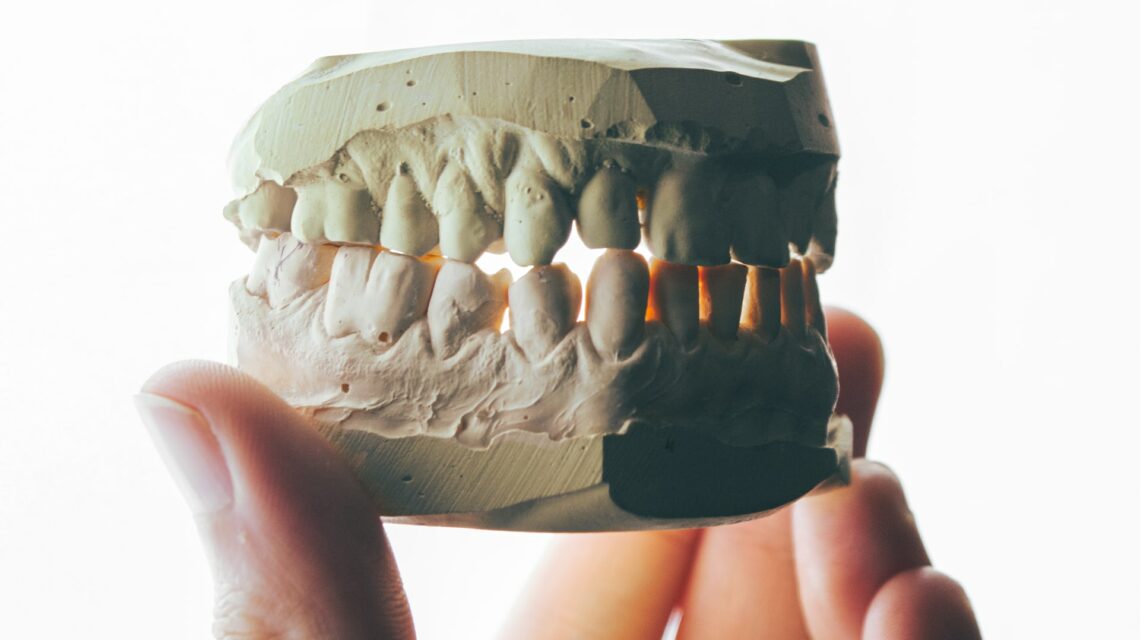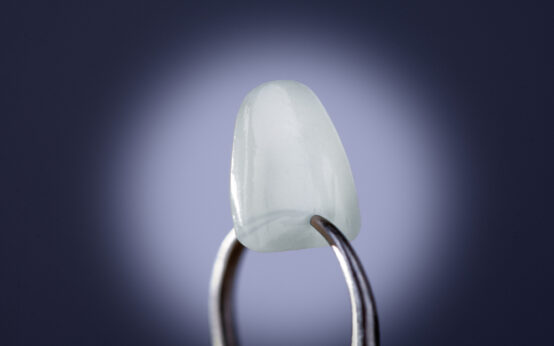If you have small teeth, you've probably noticed that they affect your appearance. While they may not be visible to the naked eye, they can make you look childish or old. Cosmetic dentistry treatments can improve your teeth and smile, improving your overall appearance. The procedure that works best for you will depend on your budget, your smile goals, and your underlying cause. Read on to learn about the different options available. If you're unhappy with your smile and are embarrassed to show it off, cosmetic dentistry may be an option.
Treatment options
There are a variety of treatment options for tiny teeth. Although small teeth are not always indicative of a disease, they should not be ignored. Visiting a dentist is a good first step. Besides ensuring that your teeth look healthy and beautiful, a dental exam will give your dentist a complete overview of your oral health and present treatment options. Treatment options for tiny teeth may include one of the following procedures: gum reshaping, implant placement, and crown lengthening.
Microdontia is a medical condition in which teeth are smaller than normal. It may affect all of a person's teeth, one or more, or just some of them. Microdontia is caused by genetics, hormones, or a condition like pituitary dwarfism. Although it's not always treatable, cosmetic dentistry treatments can help you get the smile you've always dreamed of.
In some cases, tiny teeth are the result of damage or excessive teeth grinding. As you age, this condition increases in severity. Your dentist will be able to suggest treatment options for you if you suffer from a condition like bruxism or nighttime grinding. During a routine checkup, your dentist will be able to identify a specific cause for your tiny teeth and discuss treatment options with you. You may not have known that there are so many ways to improve the appearance of your teeth, but if you visit a dentist regularly, they will suggest treatments to fix these problems.
Peg laterals are a common dental disorder that affects one or more front teeth. Peg laterals are small teeth that don't develop properly. These teeth are often caused by genetics and may run in your family. However, restorative treatments are the most common choice for peg laterals. Besides dental veneers, your dentist can also use crowns to make your tiny teeth look larger. They are a great option for improving the appearance of your teeth.
Microdontia is caused by genetics, which affects your overall health and your oral health. It can occur in both children and adults. Microdontia is characterized by small teeth and gaps between them. Teeth that are too small may not fit together, causing excessive wear on the surrounding gums and teeth. Fortunately, modern dentistry provides a number of cosmetic treatments that can repair these defects. This will improve your smile and make it more attractive.
In many cases, porcelain veneers are a better option for tiny teeth. They are noninvasive and provide a shiny, youthful look. However, patients with small teeth may require other types of dental procedures. Crown lengthening, removing gum tissue, and dental bonding are other common methods for treating tiny teeth. If these treatments don't improve your smile, you can consider other options. You may also be able to have the same effect with less cosmetic surgery.
Causes
There are many causes of tiny teeth, including genetics, hormones, and conditions. While a few people naturally have tiny teeth, some may have the condition on all of their teeth. Generalized microdontia is a result of pituitary dwarfism, which leads to a large jaw. Localized microdontia results from reduced numbers of teeth. Fortunately, the causes of tiny teeth are fairly diverse.
Another cause of tiny teeth is a disorder known as amelogenesis imperfecta, which is a defect of tooth development. Patients with this disorder often have abnormally small teeth, as well as a wide range of other dental problems, including rapid wear. This disorder can affect both primary and permanent teeth, and it can also impact multiple areas of the body. Despite its prevalence, there is no cure for amelogenesis imperfecta, but there are several treatments available that can improve your child's smile.
The biggest cause of tiny teeth is genetics. The genes that produce the teeth are not always working as they should. That's why it's important to visit a specialist who can check for abnormalities and offer solutions. Even if your child's teeth look normal, you may want to seek orthodontic treatment to ensure that they stay healthy. A dentist can also perform procedures such as root canals. These procedures usually require a lengthy period of treatment.
A dentist may also recommend an X-ray to evaluate the level of damage to your tooth. Once the dental professional has diagnosed the exact cause, treatment options will depend on the severity of the problem. In the worst-case scenario, your dentist may recommend a tooth extraction. You may also be prescribed pain medication if you have inflamed gums. And while there are other causes of tiny teeth, the following are some of the most common.
Signs
Although small teeth may not cause any pain, parents should take their child to the dentist if they are concerned. They may find that the tiny teeth do not interfere with feeding or pose a choking hazard. Some parents worry about the choking risk associated with small teeth, but this is not necessarily a cause for alarm. While tiny teeth may not cause any pain, they are an indicator of an underlying syndrome. Symptoms of a syndrome may include atypical facial features and abnormal teeth.
While there are many signs that an infant may be teething, a fussy baby may indicate that a child is experiencing teething discomfort. If the signs of teething persist, contact a pediatric dentist. A dentist can detect the signs early and provide a solution to the discomfort. In some cases, babies can begin teething as early as two months of age, although they may not get their first tooth until they are six months old.
Final Thoughts:
Overall, tiny teeth can be caused by a variety of things including genetics, hormones, and disorders. While there is no cure for some of the causes, there are treatments available to improve your child's smile. If you're concerned about your child's teeth, be sure to contact a dentist for an evaluation.
Sources:
- https://www.healthline.com/health/oral-health/tiny-teeth
- https://www.colgate.com/en-us/oral-health/cosmetic-dentistry/veneers/what-are-porcelain-veneers-and-how-are-they-made
- https://www.webmd.com/oral-health/qa/what-is-amelogenesis-imperfecta
- https://myodfw.com/articles/orthodontic-problems
- https://www.mouthhealthy.org/en/az/-i



 Tiny Teeth – Causes and Treatments
Tiny Teeth – Causes and Treatments